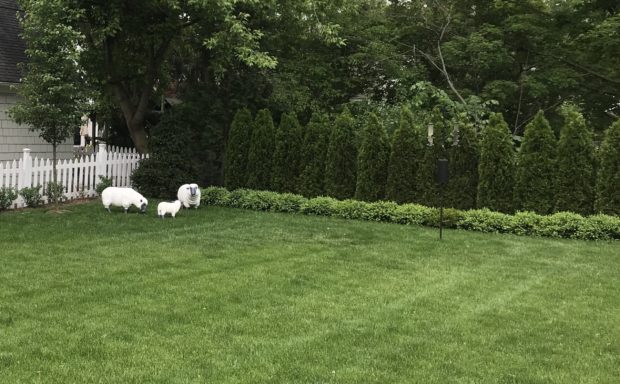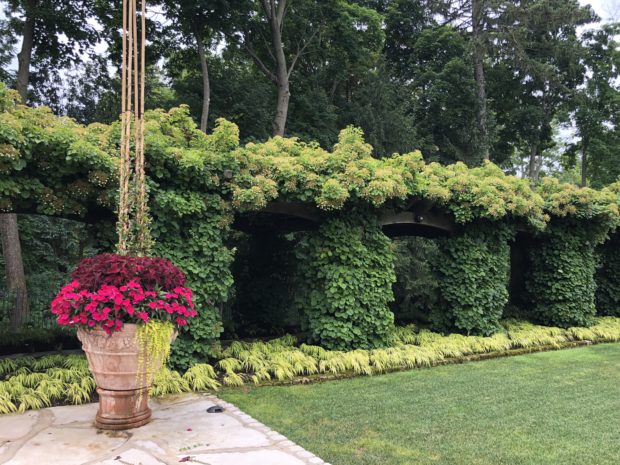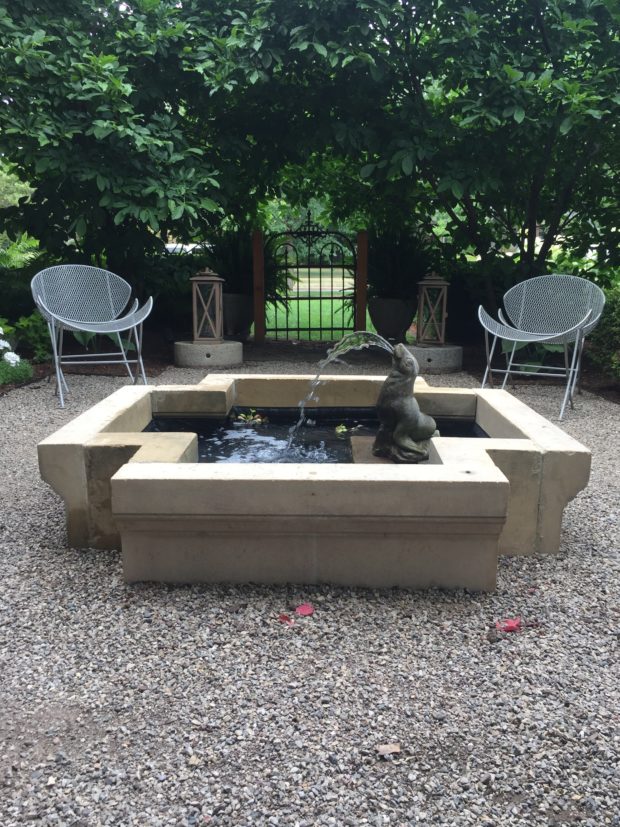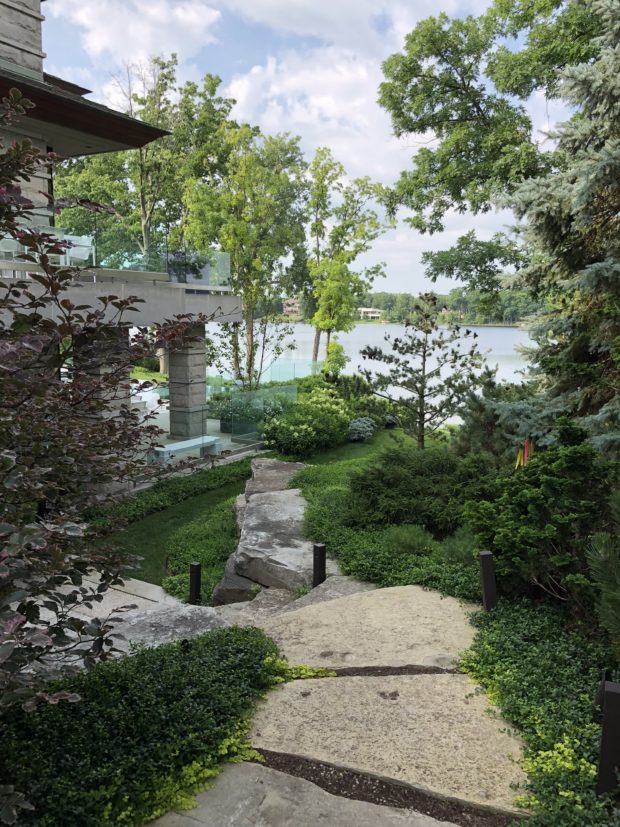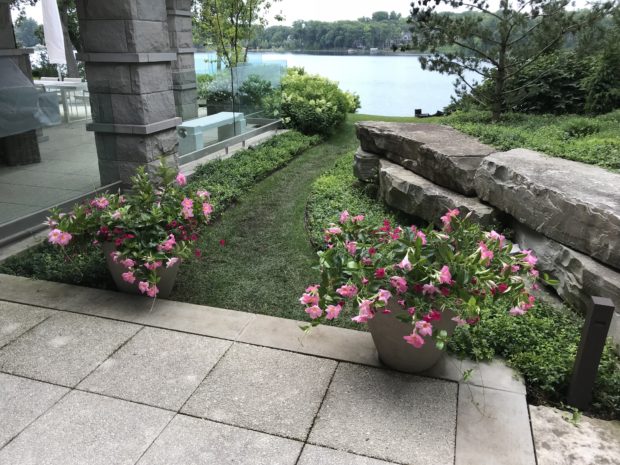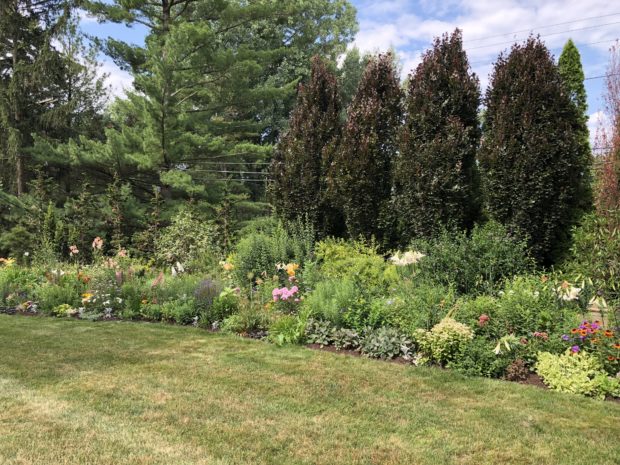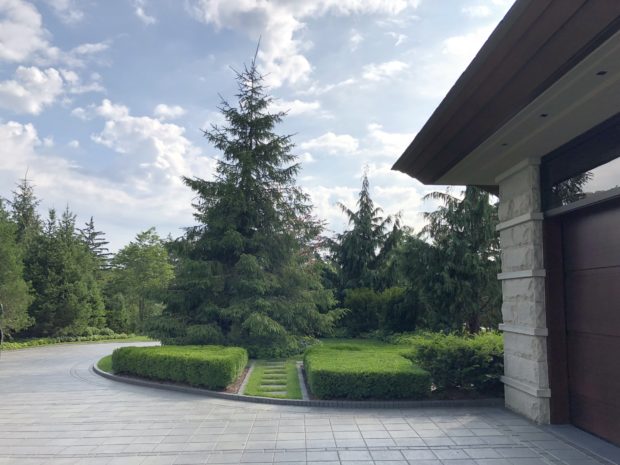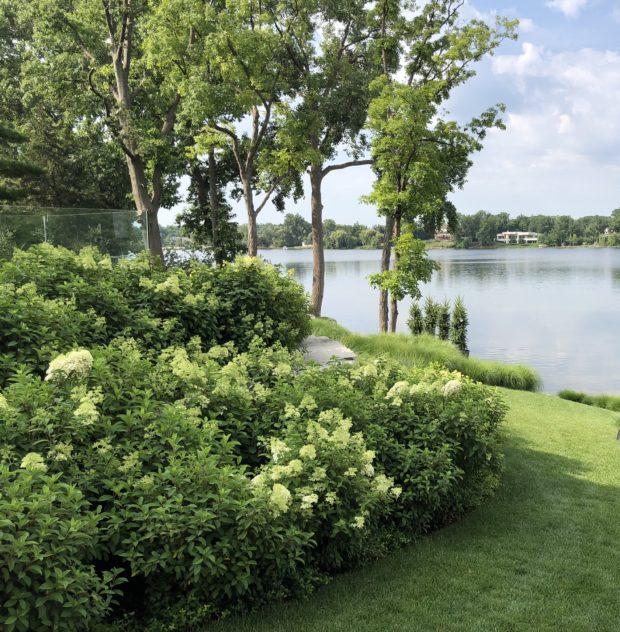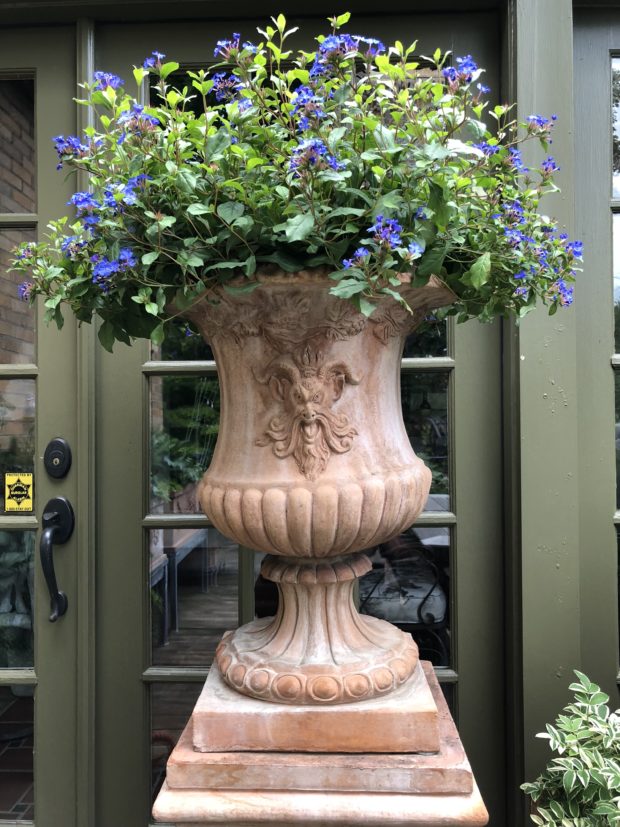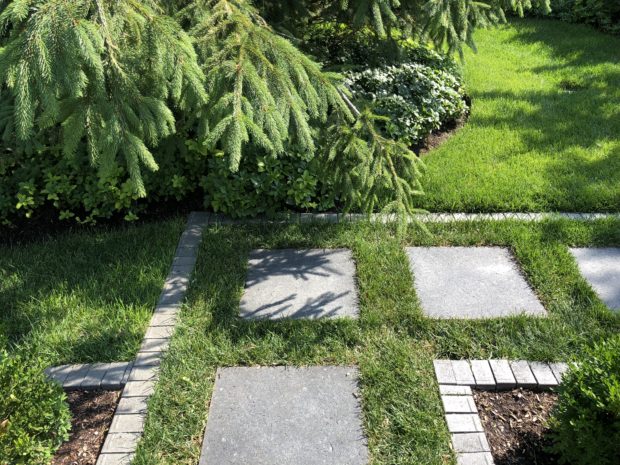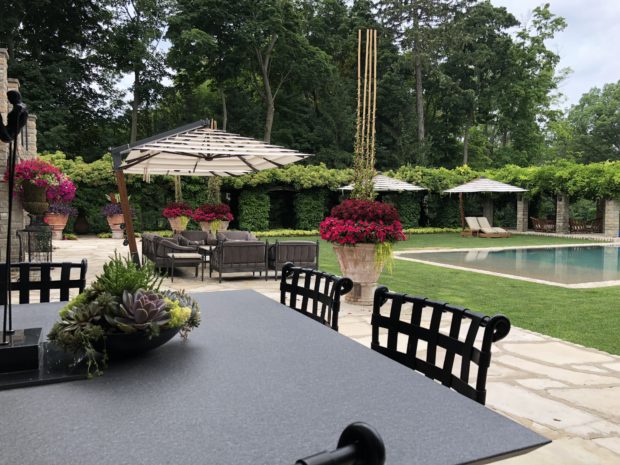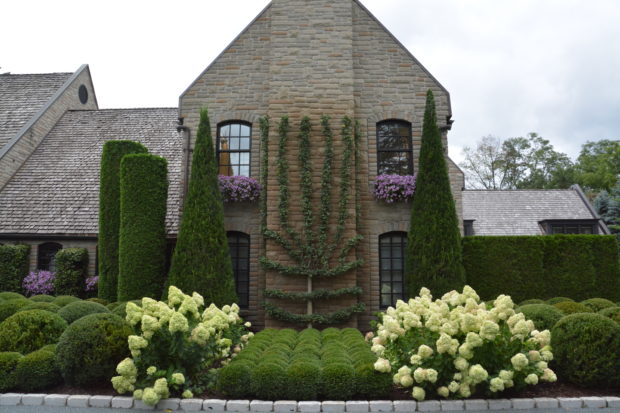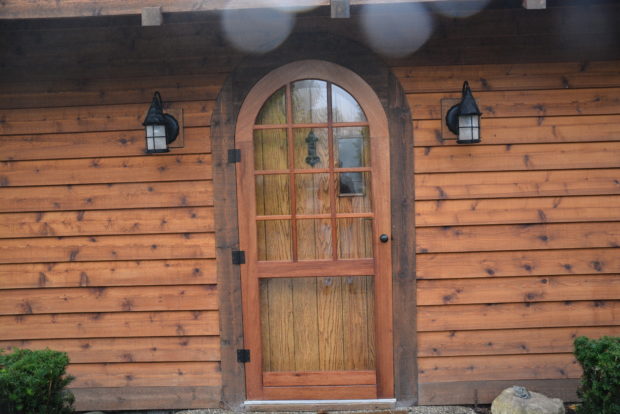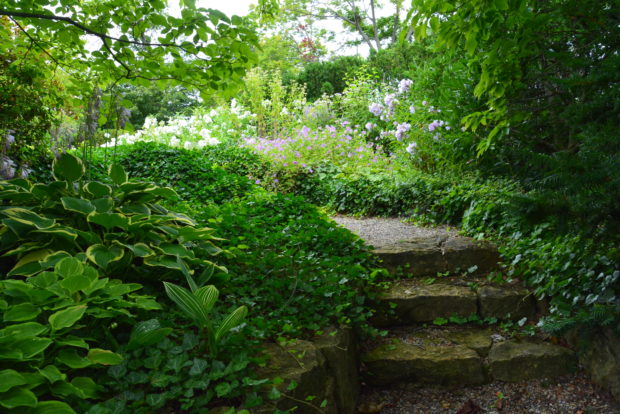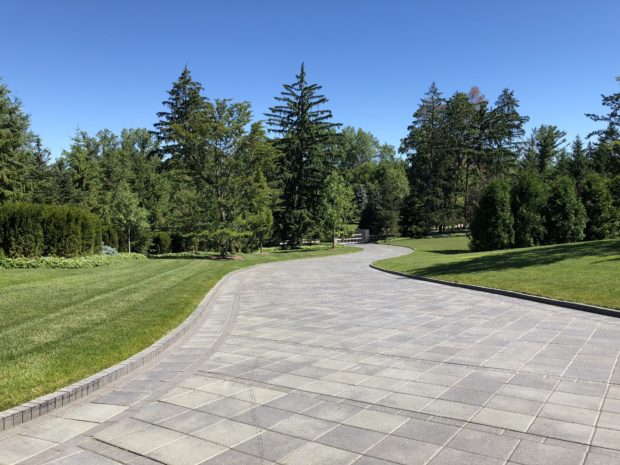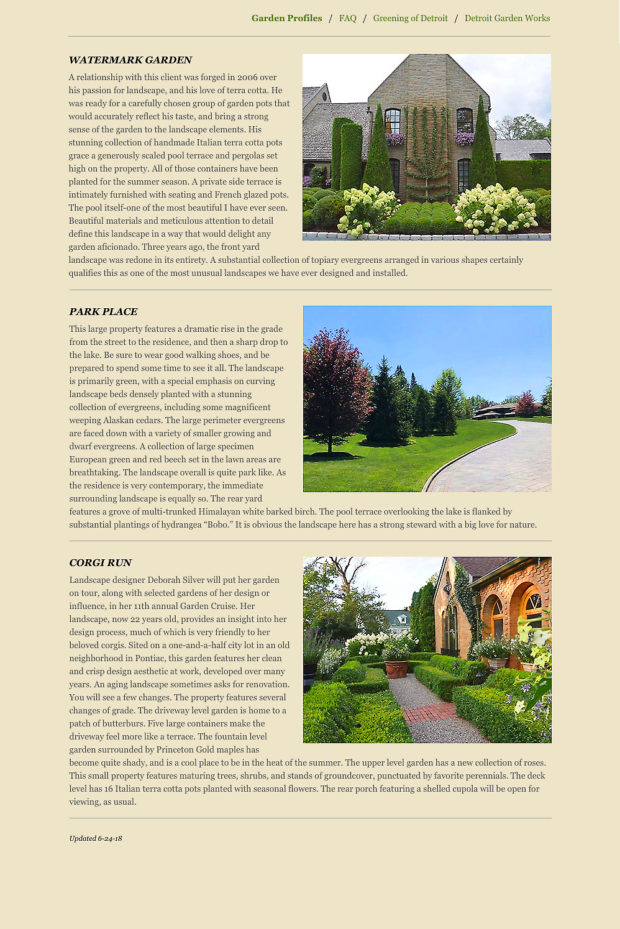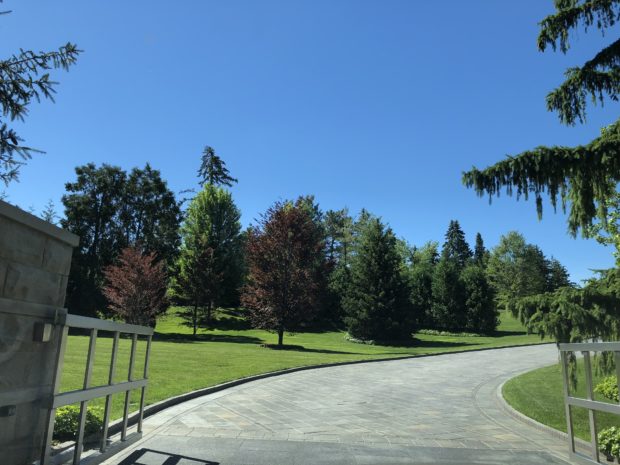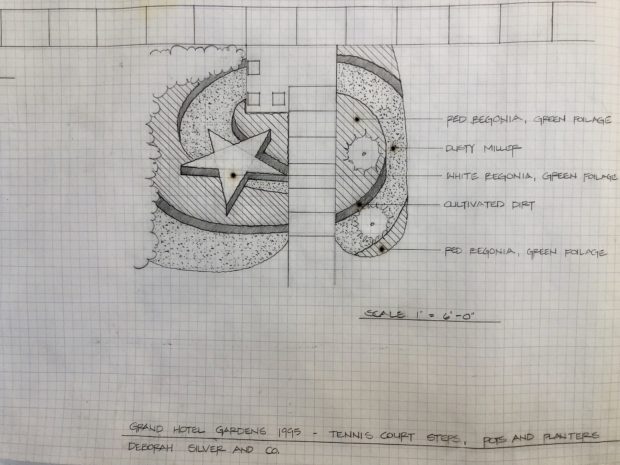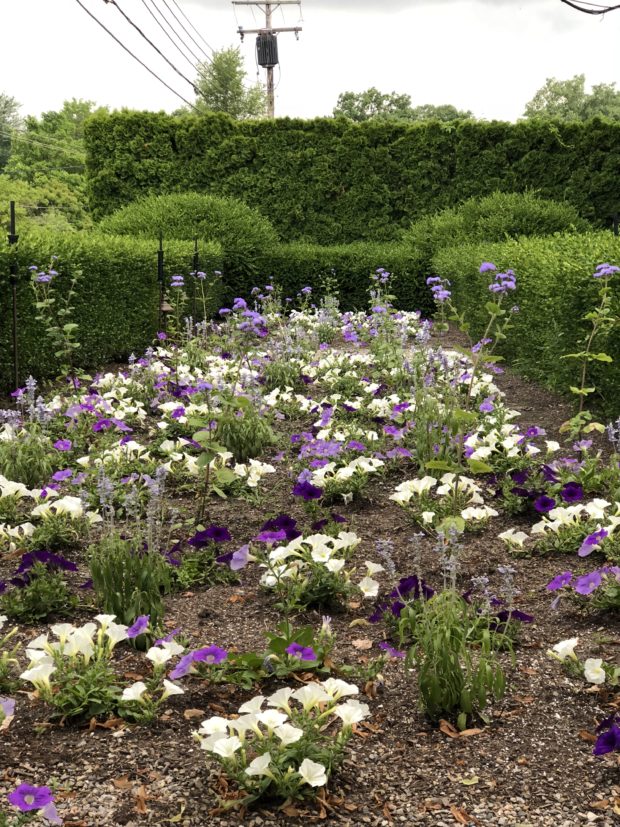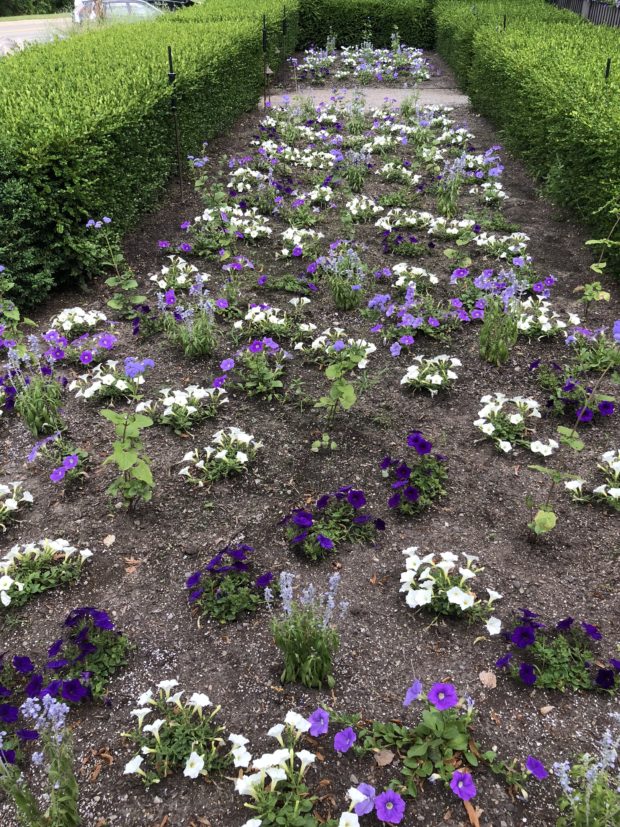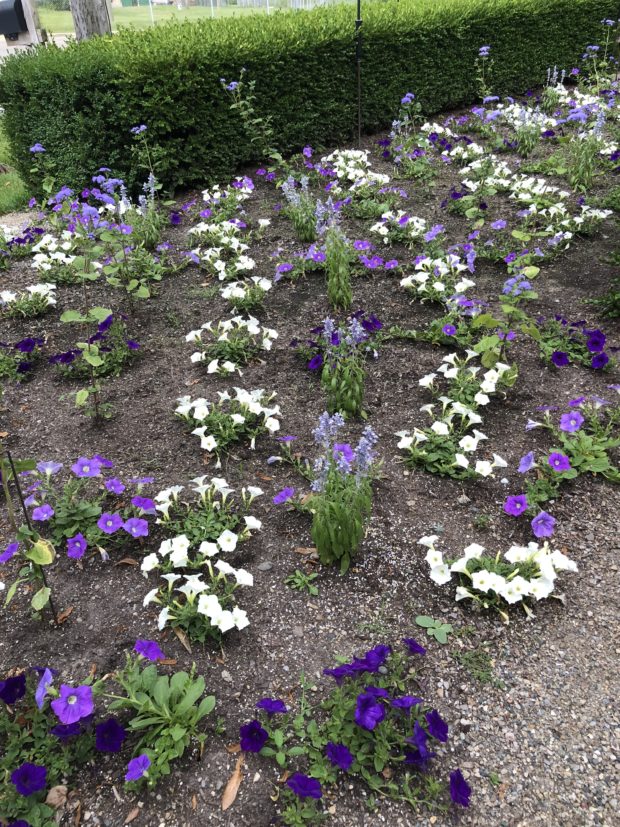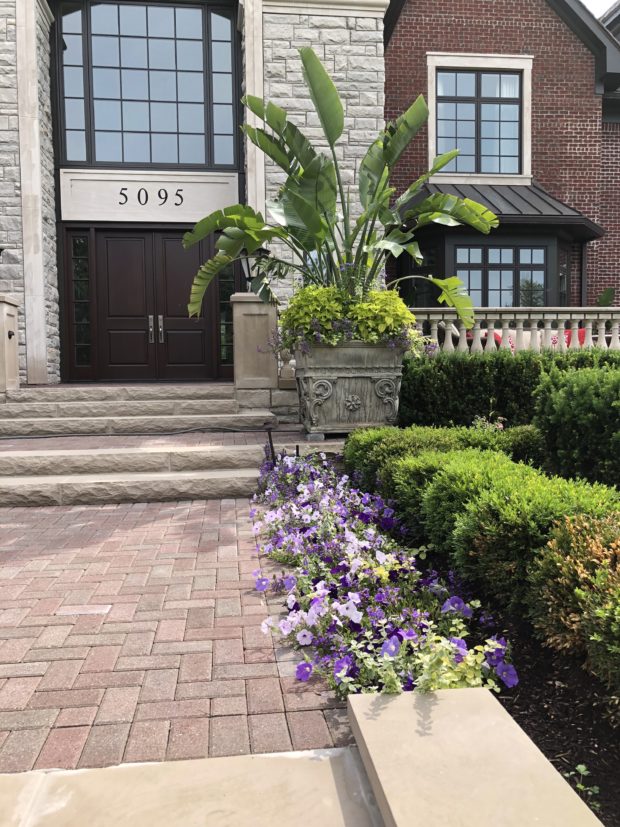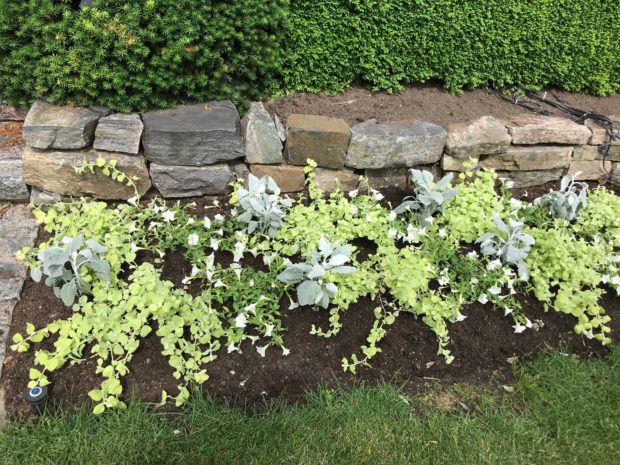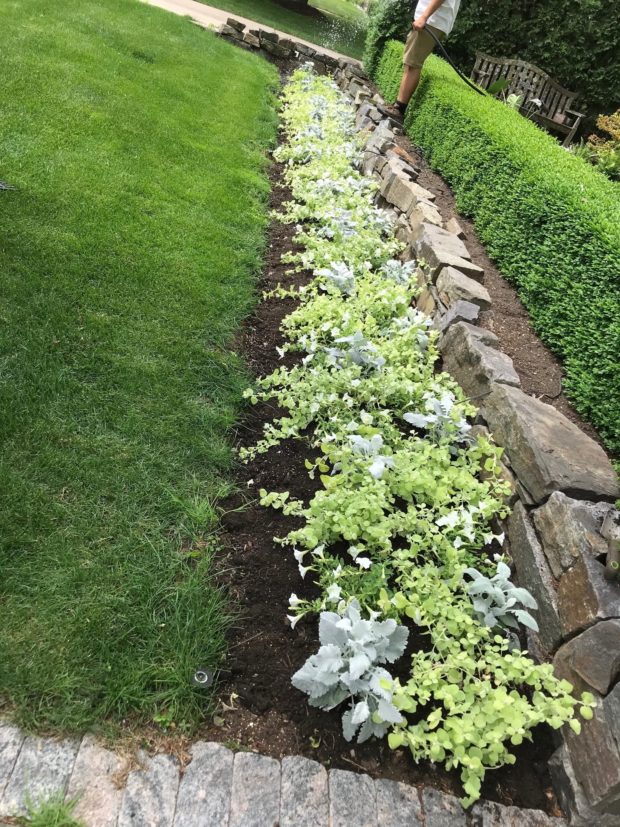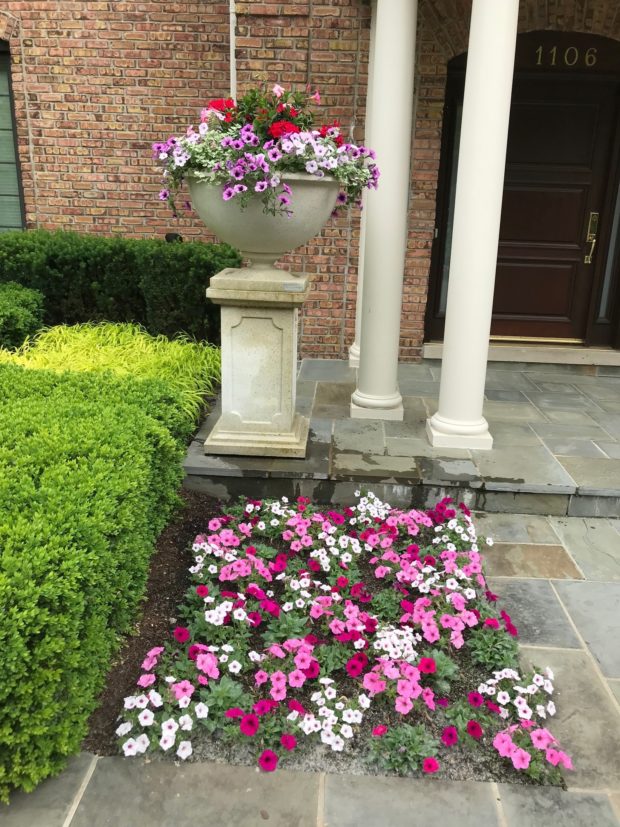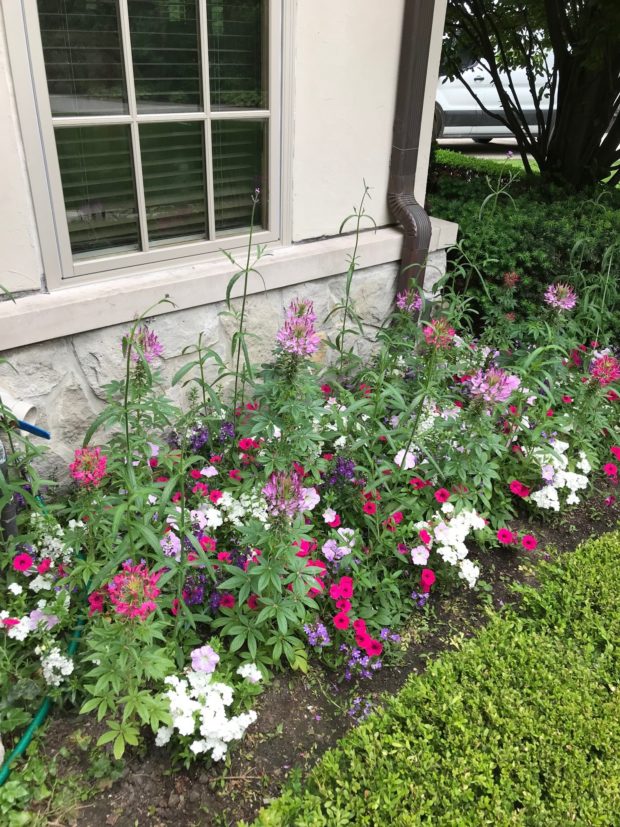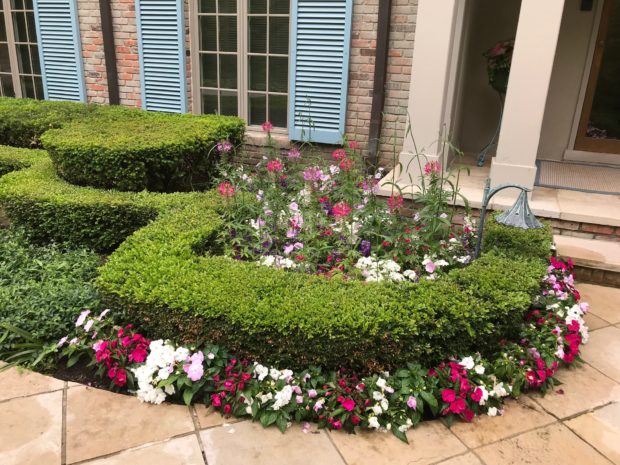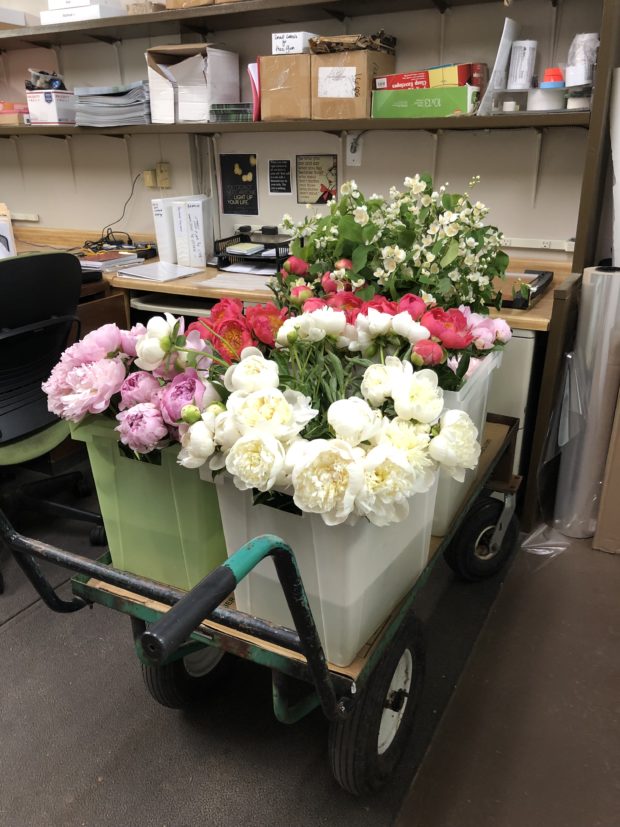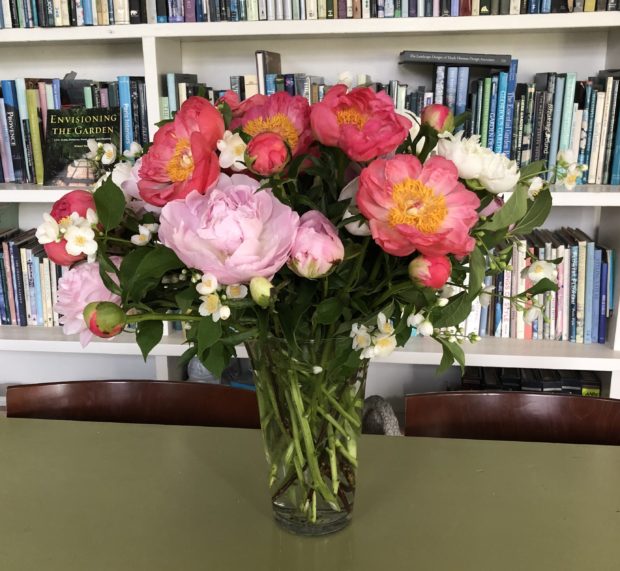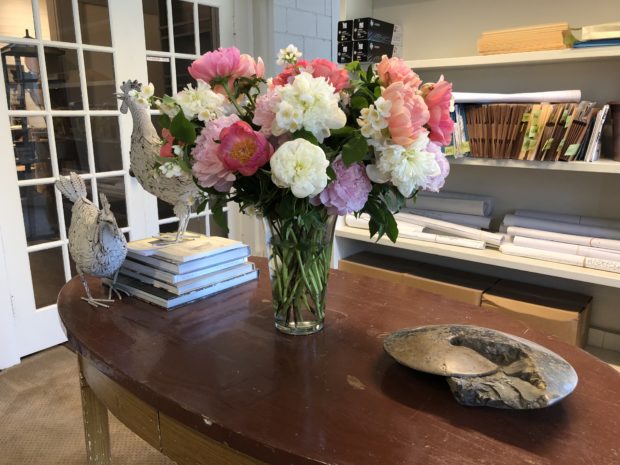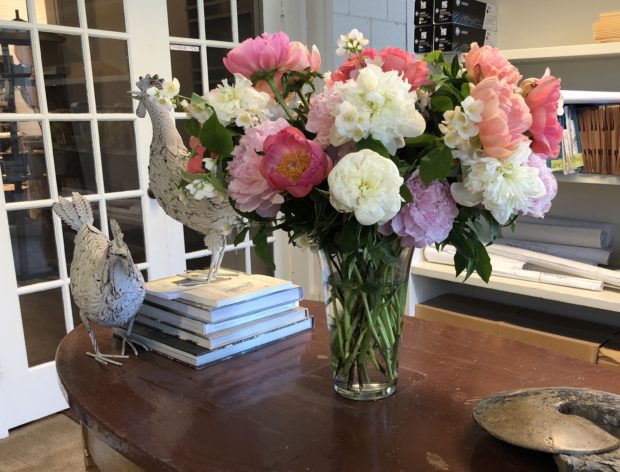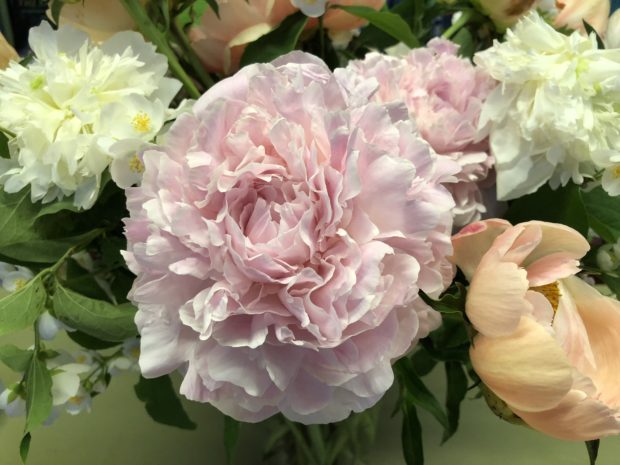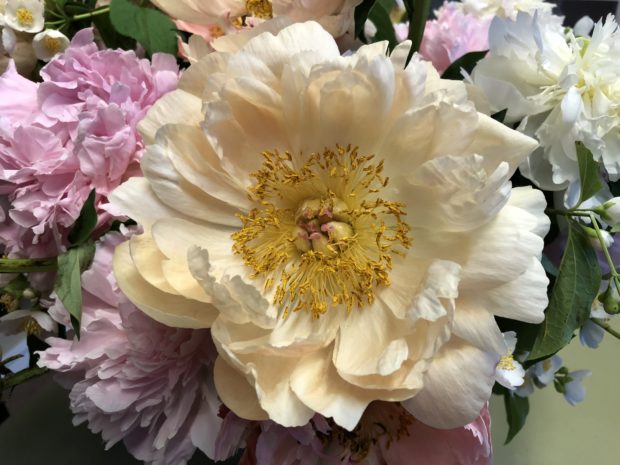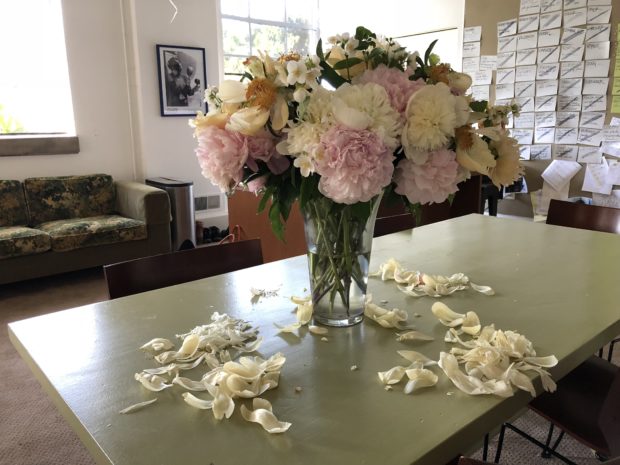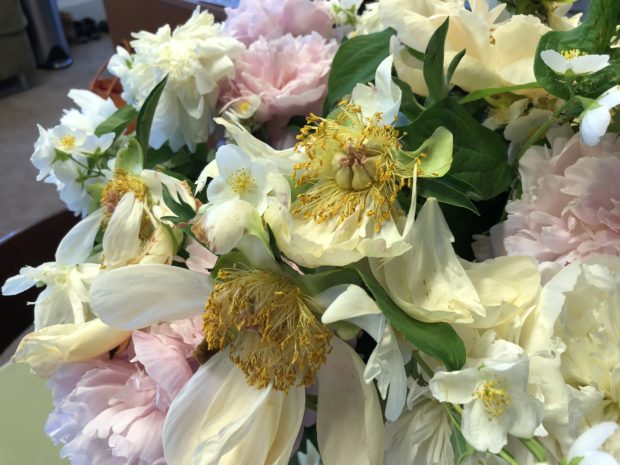 I have seen every landscape and garden that will be on our tour tomorrow which benefits the Greening of Detroit. They are all very different, and all very strong. To follow are 19 good reasons why the this 11th Garden Cruise is worth taking. The 20th, and most important reason, is that all of the proceeds from the tickets sold are turned over as a donation to The Greening of Detroit. We strongly support the work they do in our city. We still have tickets available; call 248 335 8089. Rob opens Detroit Garden Works at 8am tomorrow, for anyone who wants to decide in the morning they would like to tour.
I have seen every landscape and garden that will be on our tour tomorrow which benefits the Greening of Detroit. They are all very different, and all very strong. To follow are 19 good reasons why the this 11th Garden Cruise is worth taking. The 20th, and most important reason, is that all of the proceeds from the tickets sold are turned over as a donation to The Greening of Detroit. We strongly support the work they do in our city. We still have tickets available; call 248 335 8089. Rob opens Detroit Garden Works at 8am tomorrow, for anyone who wants to decide in the morning they would like to tour.
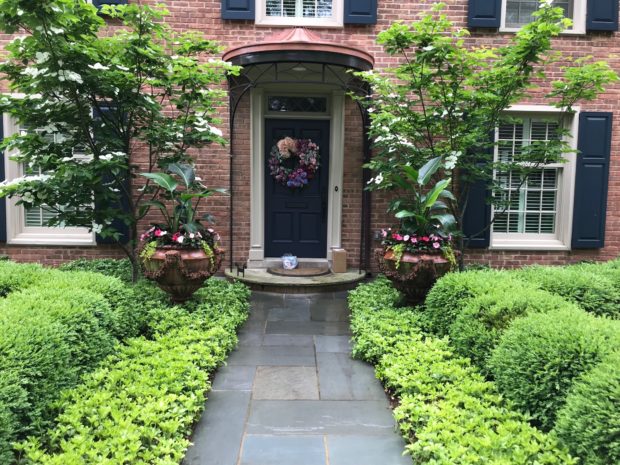 I will be home in my own garden all day tomorrow-please stop by and say hello.
I will be home in my own garden all day tomorrow-please stop by and say hello.
